From how to pronounce his name, to the confusing truth about his relationship with Odin, here are some fun facts about Hermod, a curious character in Norse mythology.
Hermod, a figure shrouded in the mists of Norse mythology, serves as a fascinating subject for anyone intrigued by the ancient tales of the Norse gods.
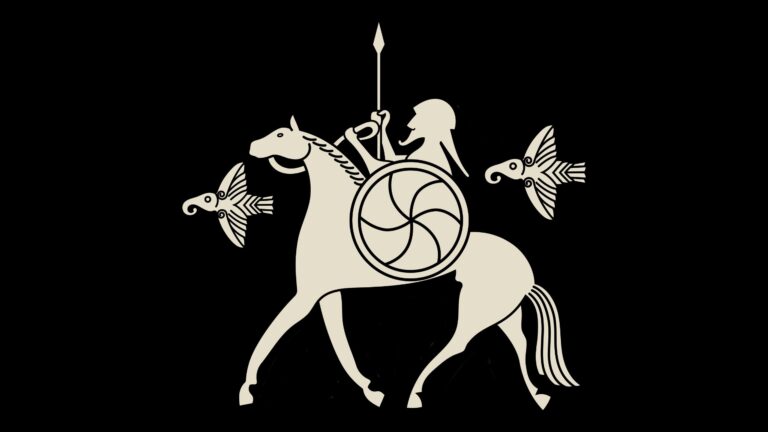 Hermod is known as the swift messenger.
Hermod is known as the swift messenger.Though not as famous as Odin or Thor, Hermod's role is crucial in Norse mythology, especially in the events following the tragic death of Baldr. Here are five fun facts about this enigmatic character:
1. The Correct Pronunciation of Hermod
Hermod's name might look straightforward, but it carries the nuanced tones of Old Norse, a North Germanic language spoken by inhabitants of Scandinavia and their overseas settlements during the Viking Age.
It's pronounced more like “HAIR-mode” (with the emphasis on the first syllable). Understanding the correct pronunciation of his name brings us a step closer to the rich linguistic heritage of the Norse people.
2. Hermod The Swift Messenger
Known as the messenger of the Norse Gods, Hermod's swiftness was unmatched in the celestial realms of Asgard. It was a trait that proved crucial in one of the most poignant moments of Norse myth—the aftermath of Baldr's tragic demise.
Baldr, the beloved of all in Asgard, met an untimely death, plunging the gods into despair. In their hour of need, it was Hermod, with his unmatched velocity and steadfast heart, who stepped forward to undertake a mission fraught with peril.
His task was to journey to Niflheim, the gloomy and forlorn realm of the dead, to entreat Hel, the ruler of this shadowy domain, for Baldr's return to the living.
The journey was not one to be taken lightly. Mounted on Sleipnir, Odin's magnificent eight-legged steed, a creature whose speed defied the winds themselves, Hermod set out.
Recommended Reads: Learn more about Norse Mythology with these recommended Viking Age books
Sleipnir, a marvel of the equine form, was more than a mere mount; it was a symbol of the gods' resolve, capable of traversing distances and obstacles no ordinary beast could hope to overcome.
Their path lay through dark and forbidding valleys, a landscape untouched by the sun's warmth, where shadows lingered and the air held the chill of unspoken fears.
This was a realm where few of the living dared tread, a place that existed at the very fringes of the world, bridged by the glistening arc of Bifröst and yet worlds apart from the vibrant halls of Asgard.
Yet, Hermod's resolve did not waver. Through these gloomy vales he rode, a solitary figure against the vast, uncaring expanse of Niflheimr.

His journey shows the lengths to which the gods would go for one of their own, demonstrating the bonds that held the inhabitants of Asgard together.
The fact that Hermod rides Sleipnir, Odin's remarkable eight-legged horse, on his quest to Hel, highlights the deep connections between Odin's family and their roles in the myths.
Sleipnir, being a creature capable of moving between the worlds, emphasises the significance of Hermod's mission and the divine support behind it.
3. An Echo of Greek and Roman Gods
In the pantheon of Norse mythology, Hermod occupies a unique position that resonates with the figures of other ancient traditions.
He can be likened to the Greek god Hermes and his Roman counterpart, Mercury. All three deities share remarkable attributes of speed and agility, serving as messengers for the gods.
Their roles as divine heralds allow them to traverse between worlds, delivering messages and executing the will of the gods across the vast expanses of their respective realms.
This parallel draws a fascinating line through the fabric of mythology, highlighting the cross-cultural themes of swiftness and communication.
Hermod, Hermes, and Mercury embody the essential link between the divine and the mortal, facilitating the flow of information and the execution of divine decrees.
This role is crucial, as it ensures the maintenance of order and the dissemination of vital knowledge among gods and mortals alike.
Moreover, the comparison underscores Hermod's importance in Norse tales, elevating him from a figure who might otherwise be overshadowed by more prominent gods like Odin or Thor.
4. Hermod's Questionable Heritage
Commonly celebrated as a son of Odin and Frigg, the All-Father and his queen, Hermod's connection to these pivotal figures would ostensibly place him among the ranks of divine royalty in Asgard.
However, the nature of his lineage is not as straightforward as it appears. Several ancient texts and poems provide differing accounts of Hermod's status, with some referring to him not directly as Odin's son but rather as Odin's “boy” or “servant.”
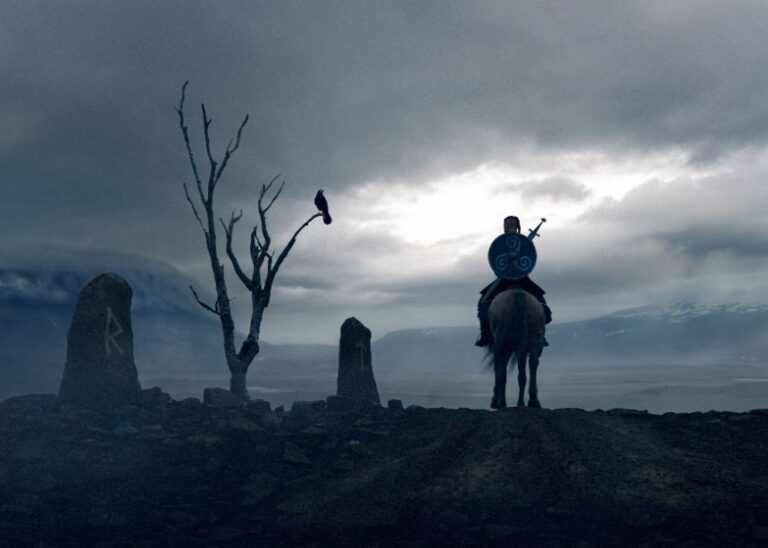 Concept art of the Viking Age.
Concept art of the Viking Age.This distinction is more than mere semantics; it suggests a multifaceted relationship that transcends the typical father-son dynamic prevalent in mythological narratives.
Instead of merely inheriting his position among the gods through birthright, Hermod's designation as a “servant” might indicate a role that was earned or bestowed upon him, possibly as a mark of his loyalty or his particular skills as a messenger and intermediary.
This nuanced portrayal adds considerable depth to Hermod's character, painting him as a figure whose significance within the pantheon is defined by more than his lineage.
It implies a degree of devotion and service to the gods that is profound and personal. Whether his closeness to Odin and Frigg stems from familial bonds or from a position of servitude, it is clear that Hermod's role is vital, marked by trust and responsibility.
The ambiguity surrounding Hermod's heritage also reflects the fluid nature of identity and status within Norse mythology, where gods and heroes often occupy roles that blur the lines between divinity and servitude, power and obligation.
It speaks to the complexity of the relationships among the Norse gods, where titles and roles are interconnected with the intricate narratives of duty, honour, and loyalty.
This uncertain lineage also invites contemplation on the themes of belonging and identity in the ancient myths.
5. Hermod's Varied Depictions Across Sources
Hermod's portrayal within the vast expanse of Norse mythology is as multifaceted as the realms he traverses on his legendary quests.
While the Prose Edda, penned by the medieval Icelander Snorri Sturluson, offers the most comprehensive account of Hermod's daring journey to Hel to plead for Baldr's return, this narrative is but one thread.
Across different sources, Hermod emerges not just as a messenger but as a figure embodying a multitude of roles that extend his influence and significance within the Norse pantheon.
Warrior Aspect: In certain texts, Hermod is shown as a warrior, highlighting his prowess in battle alongside his role as a divine messenger. This aligns with the Norse valorization of heroism, suggesting that Hermod embodies both swiftness and strength.
Shamanistic Journeys: His journey to Helheim has parallels with shamanic practices, emphasizing his ability to navigate between different realms. This aspect positions Hermod as a mediator between the divine and the mortal, underscoring the spiritual significance of his quests.
Literary Presence: Beyond the Prose Edda, references in the Poetic Edda and other sagas enrich Hermod's character, each adding layers to his mythological presence and cultural significance.
Recommended Reads: Learn more about Norse Mythology with these recommended Viking Age books
Hermod's varied portrayals reflect the dynamic nature of Norse mythology, where gods are complex and multidimensional. His character encapsulates themes of courage, mediation, and the interplay between the physical and spiritual realms.
The post 5 Fun Facts About Hermod: The Swift Messenger of Norse Mythology appeared first on Life in Norway.
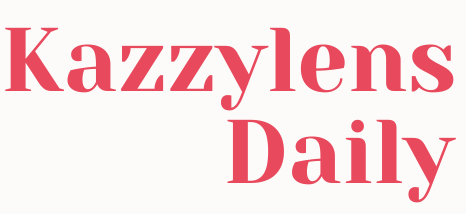
.png) 3 weeks ago
3 weeks ago





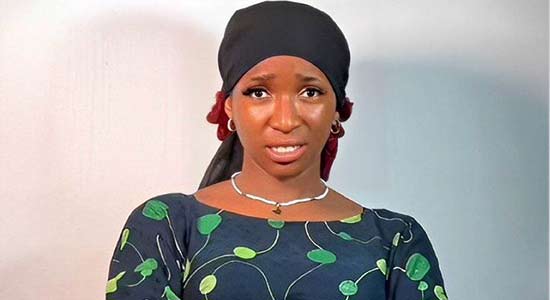


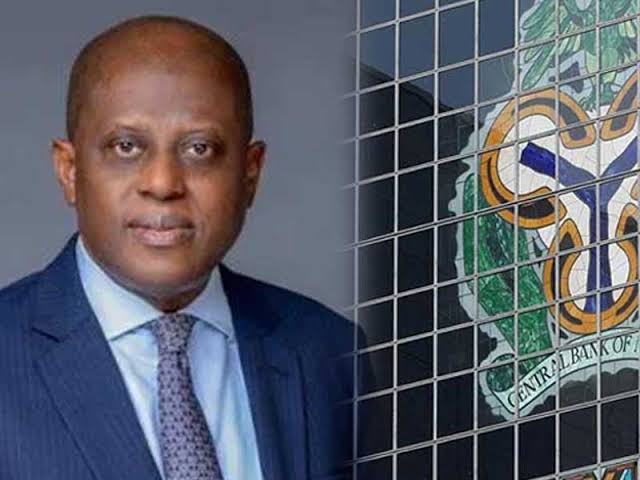







 English (US) ·
English (US) ·